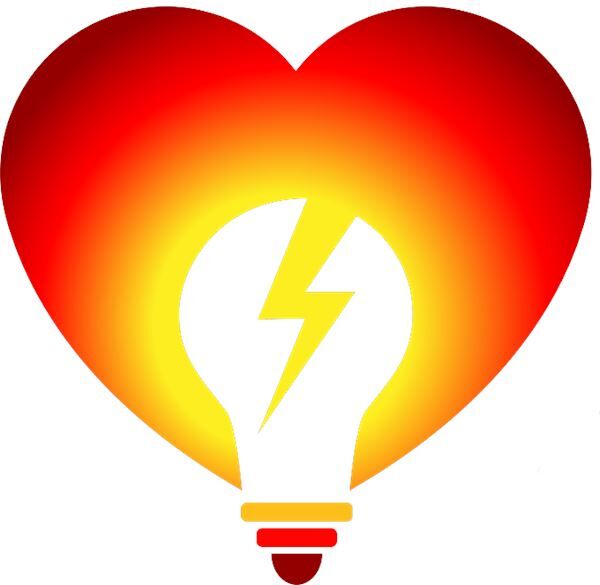Space forecasters say severe solar storms could hit Earth and trigger auroras
News > National News

Audio By Carbonatix
8:43 AM on Thursday, November 6
By ADITHI RAMAKRISHNAN
NEW YORK (AP) — Space weather forecasters issued an alert on Tuesday for incoming severe solar storms that could produce colorful northern lights and temporarily disrupt communications.
In the past few days, the sun has burped out several bursts of energy called coronal mass ejections that could reach Earth Tuesday night and early Wednesday. The potential severe geomagnetic storms could disrupt radio and GPS communications, according to forecasters with the National Oceanic and Atmospheric Administration.
How bright the auroras are and how far south they are visible will depend on when the solar bursts get here and how they interact with Earth's atmosphere. The vibrant displays could be visible across much of the northern U.S., and as far south as Alabama and Northern California.
The sun is at the maximum phase of its 11-year activity cycle, making the light displays more common and widespread. Colorful northern lights have decorated night skies in unexpected places and space weather experts say there are more auroras still to come.
Aurora displays known as the northern and southern lights are commonly visible near the poles, where charged particles from the sun interact with Earth’s atmosphere.
Skygazers are spotting the lights deeper into the United States and Europe because the sun is going through a major face-lift. Every 11 years, its poles swap places, causing magnetic twists and tangles along the way.
Last year, the strongest geomagnetic storm in two decades slammed Earth, producing light displays across the Northern Hemisphere. And soon afterward, a powerful solar storm dazzled skygazers far from the Arctic Circle when dancing lights appeared in unexpected places including Germany, the United Kingdom, New England and New York City.
The sun’s active spurt is expected to last at least through the end of this year, though when solar activity will peak won’t be known until months after the fact, according to NASA and NOAA.
Solar storms can bring more than colorful lights to Earth.
When fast-moving particles and plasma slam into Earth’s magnetic field, they can temporarily disrupt the power grid. Space weather can also interfere with air traffic control radio and satellites in orbit. Severe storms are capable of scrambling other radio and GPS communications.
In 1859, a severe solar storm triggered auroras as far south as Hawaii and set telegraph lines on fire in a rare event. And a 1972 solar storm may have detonated magnetic U.S. sea mines off the coast of Vietnam.
Space weather experts aren’t able to predict a solar storm months in advance. Instead, they alert relevant parties to prepare in the days before a solar outburst hits Earth.
Northern lights forecasts can be found on NOAA’s Space Weather Prediction Center website or an aurora forecasting app.
Consider aurora-watching in a quiet, dark area away from city lights. Experts recommend skygazing from a local or national park. And check the weather forecast because clouds can cover up the spectacle entirely.
Taking a picture with a smartphone camera may also reveal hints of the aurora that aren’t visible to the naked eye.
___
The Associated Press Health and Science Department receives support from the Howard Hughes Medical Institute’s Department of Science Education and the Robert Wood Johnson Foundation. The AP is solely responsible for all content.








